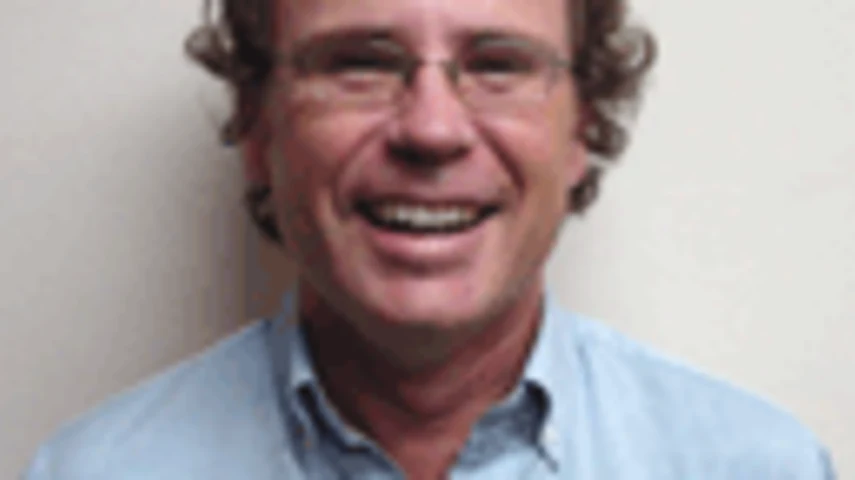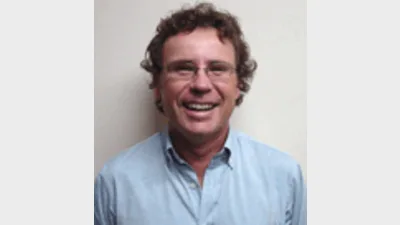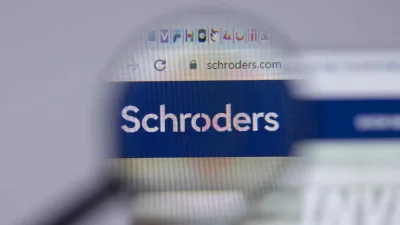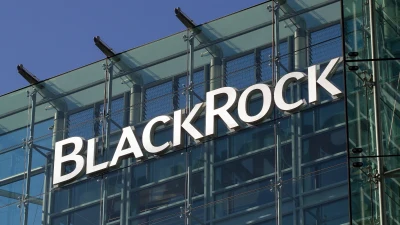High fees undermine hedge fund performance



|
|
Fund of hedge fund (FOHF) fees are so high that the average fund performs well below the average balanced fund, according to new research by farrelly’s.
A comparison by farrelly’s of FOHFs with multi sector funds, given both are diversified funds, found that the leading Australian FOHF returned -21.1 per cent for the year to December 2009, compared to -19.7 for the average Australian balanced fund.
In addition, the leading Australian FOHF returned 2.2 per cent per annum in the five years to December 2008, compared to 5.3 per cent per annum for the average Australian balanced fund.
These findings reveal that “the very high fees imposed on FOHFs are simply too much weight to carry, even for the most talented managers", farrelly’s director Tim Farrelly said.
“In fact, all we end up with are highly expensive, risky and illiquid capital stable funds.”
The research exposed the “myth that the talent in the FOHF sector is worth the high fees”, Farrelly said.
“The talent is there, with excellent before-fee returns from hedge funds, even including last year’s debacle, but fees are a killer at a 2 per cent flat fee plus 20 per cent of all gains for the underlying manager, and another 1 per cent flat fee and 10 per cent for the FOHF manager.
“This adds up to a managed expense ratio (MER) of approximately 8 per cent per annum in good times and 3.5 per cent in bad times."
The research went on to find that halving FOHF fees across the board managed to “transform returns”, he said, with FOHFs giving better returns than balanced funds in up markets and lower risk in down markets, making them a “credible alternative to balanced funds".
The revised research table revealed the leading Australian FOHF returned -17.1 per cent for the 12 months to December 2009, compared to -19.7 per cent for the average Australian balanced fund.
Recommended for you
Schroders has appointed a new chief executive as Simon Doyle steps down from the asset manager after 22 years.
Distribution of private credit funds through advised channels to retail investors will be an ASIC priority for 2026 as it releases the results of its thematic fund surveillance and guidance for research houses.
State Street Investment Management has taken a minority stake in private market secondaries manager Coller Capital with the pair set to collaborate on broaden each firm’s reach and drive innovation.
BlackRock Australia plans to launch a Bitcoin ETF later this month, wrapping the firm’s US-listed version which is US$85 billion in size.











